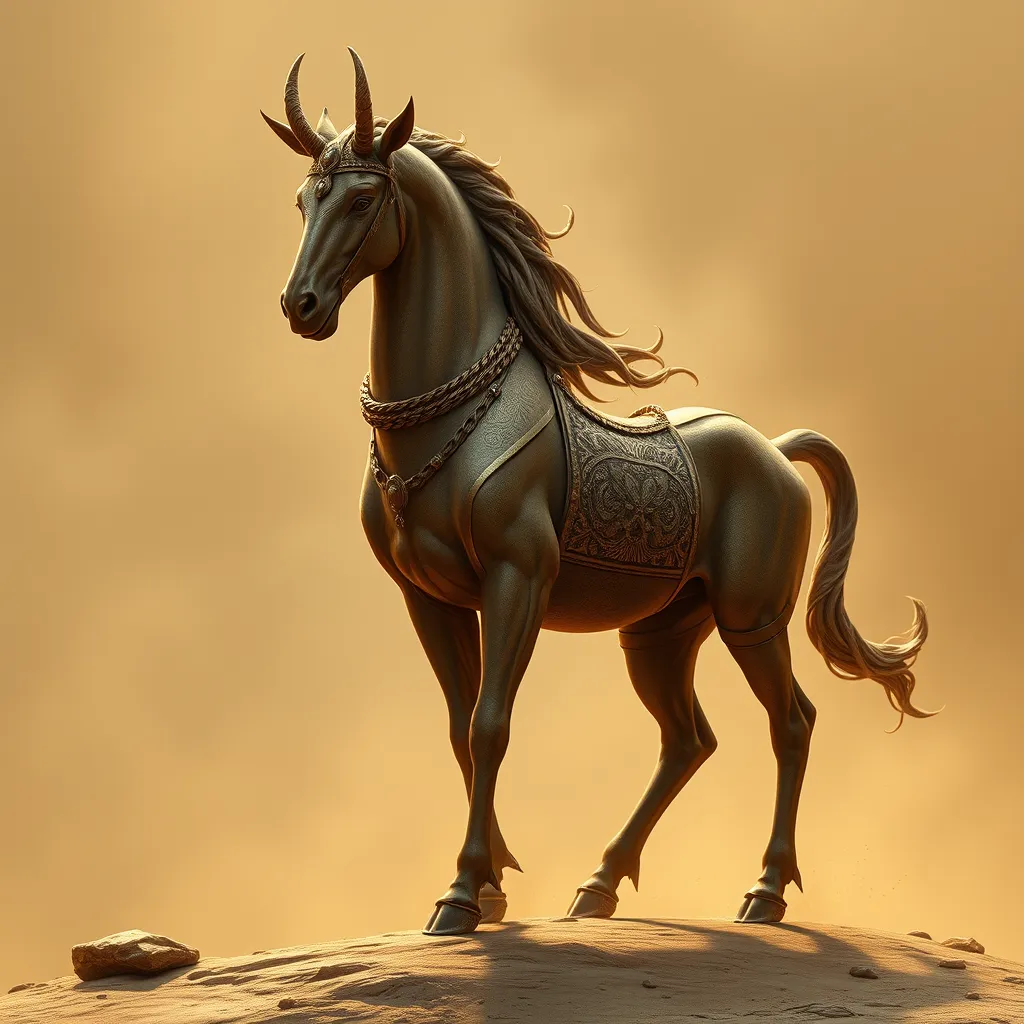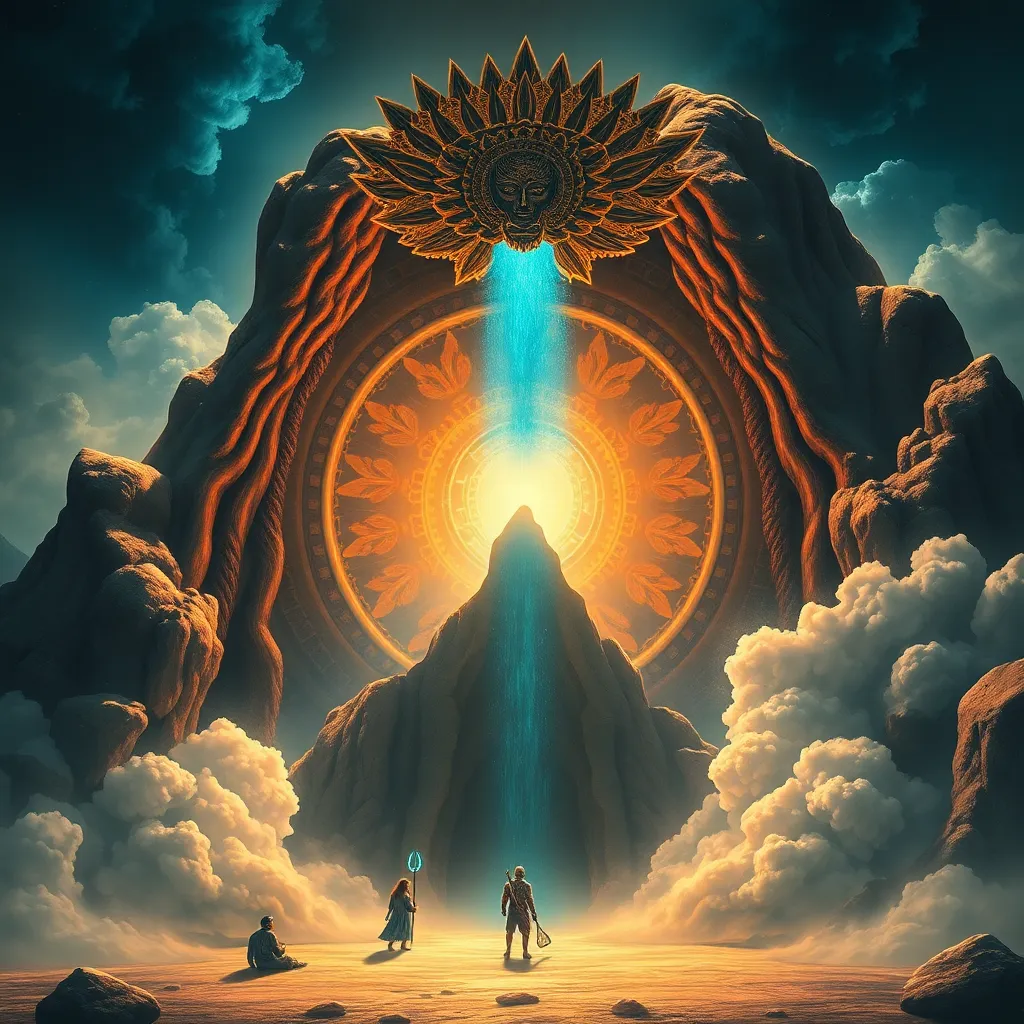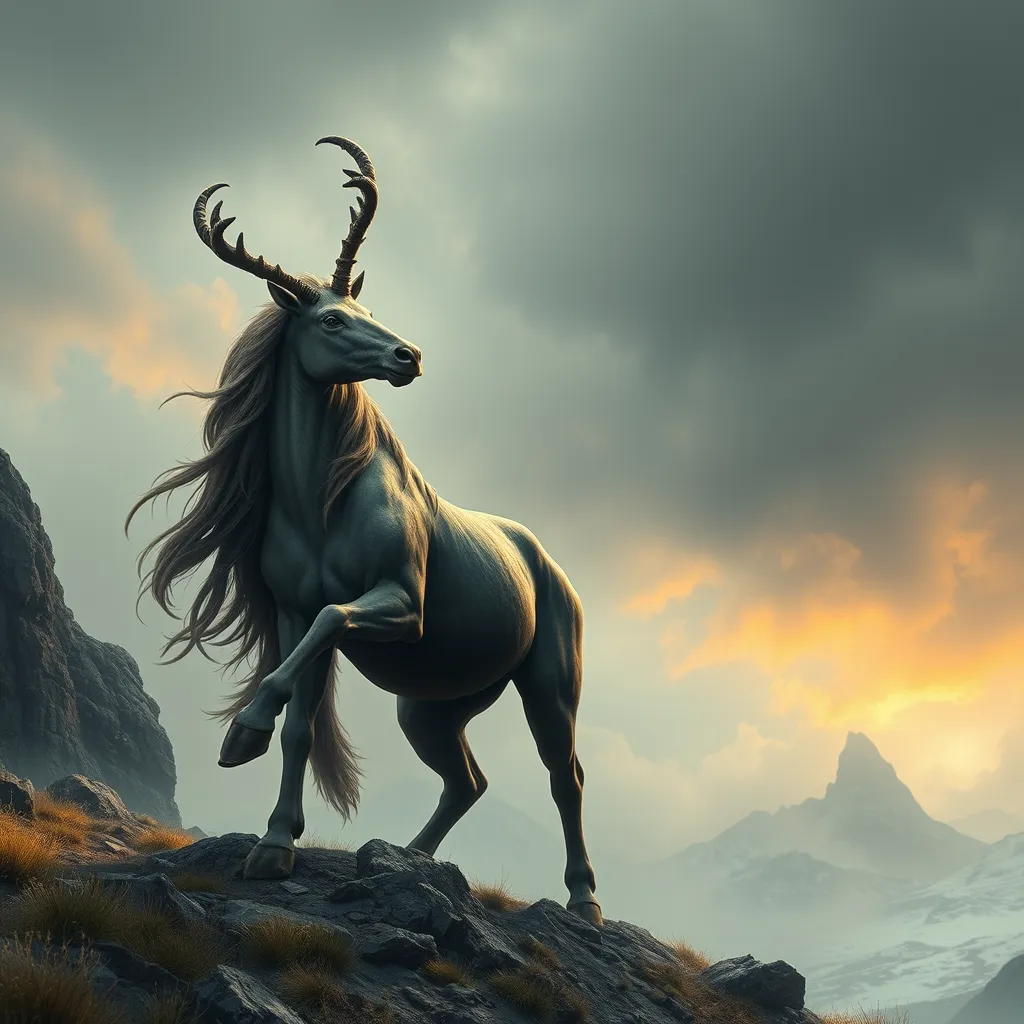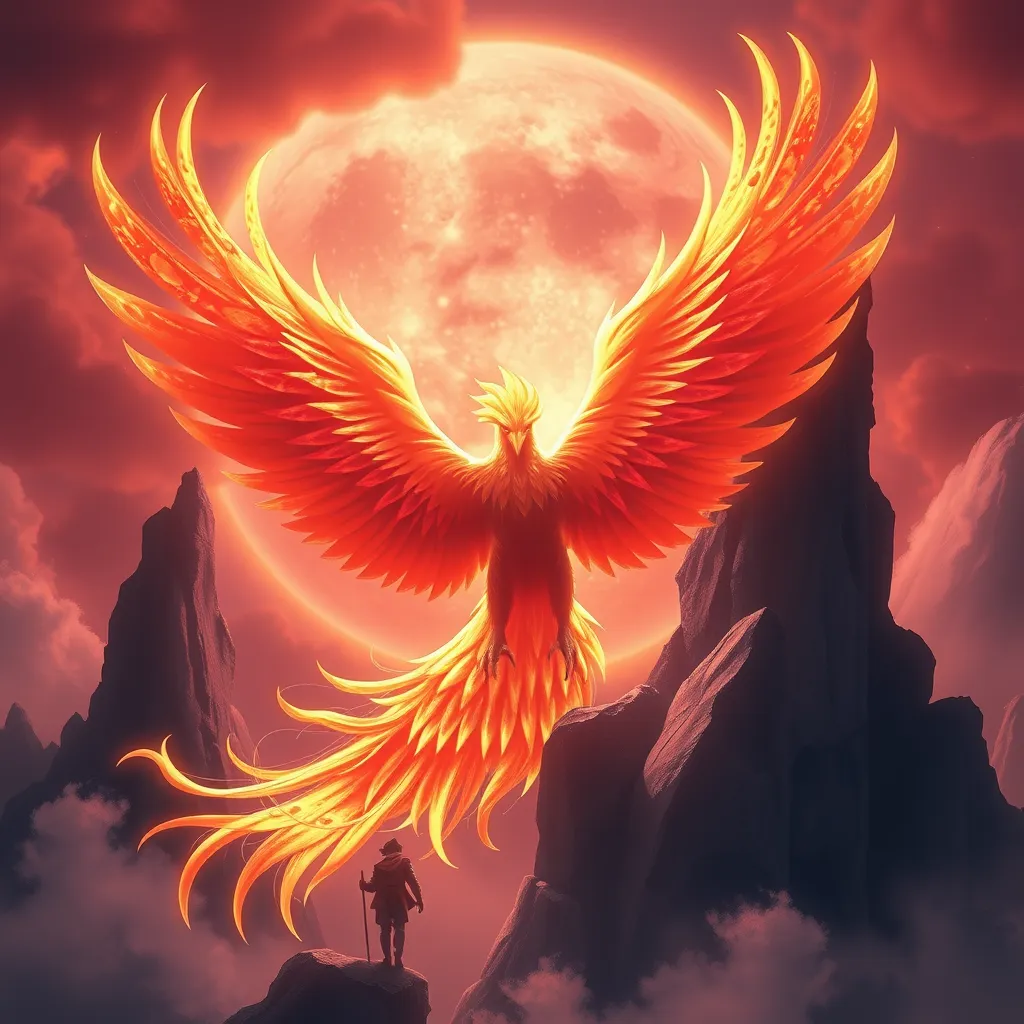The Centaur in Babylonian Mythology: The Myth of the “Divine Centaurs”
I. Introduction
Babylonian mythology is a rich tapestry of stories and deities that reflect the values, beliefs, and experiences of the ancient Mesopotamian civilization. Among the myriad of mythical beings, the centaur stands out as a fascinating hybrid creature, embodying both human and animal traits. This article delves into the concept of centaurs within Babylonian mythology, particularly focusing on the myth of the “Divine Centaurs.” By exploring this unique aspect of ancient lore, we aim to uncover the significance and implications of these divine beings in the broader context of Babylonian myth and culture.
II. Historical Context of Centaurs
The origins of centaur myths can be traced back to ancient cultures, with roots in both Greek and Near Eastern traditions. In Greek mythology, centaurs are commonly depicted as wild creatures representing the duality of civilization and barbarism. In contrast, the Babylonian representation of centaurs is less prominent but equally intriguing.
- Origin of Centaur Myths: The earliest references to centaur-like beings can be found in ancient Babylonian texts, where they are associated with divine intervention and heroic endeavors.
- Comparison of Greek and Babylonian Representations: While Greek centaurs often embody chaos and excess, Babylonian centaurs are viewed more as intermediaries between the divine and the mortal realms.
- Influence of Mesopotamian Culture: The mythology of Mesopotamia significantly influenced later cultures, including Greek, where the concept of hybrid creatures became a common theme.
III. The Nature of Divine Centaurs
Divine centaurs in Babylonian mythology are characterized by their unique blend of human intellect and animal strength, often depicted as noble beings with a sacred purpose.
- Description and Characteristics: Divine centaurs are typically described as powerful beings with the upper body of a human and the lower body of a horse, symbolizing the synthesis of reason and instinct.
- Symbolism: These creatures represent the duality of human nature, embodying both the civilized and the primal. They are often associated with themes of strength, wisdom, and the quest for knowledge.
- Role as Intermediaries: In Babylonian lore, centaurs often serve as messengers between gods and humans, facilitating communication and divine will.
IV. Key Myths Involving Divine Centaurs
Several myths in Babylonian mythology feature divine centaurs, showcasing their importance and the roles they play in the cosmic narrative.
- Prominent Myths: Stories involving divine centaurs often highlight their heroic deeds, such as assisting gods in battles or guiding humans on quests.
- The Story of the ‘Divine Centaur’: One notable myth tells of a divine centaur who aids a hero in his quest, symbolizing the union of human ambition and divine support.
- Connections to Other Deities: Divine centaurs interact with various gods and goddesses, showcasing their integral role in the pantheon and the interconnectedness of mythological figures.
V. Cultural Significance of Centaurs in Babylonian Society
Centaurs played a notable role in the cultural and artistic expressions of Babylonian society, reflecting the values and beliefs of the people.
- Art and Literature: Depictions of centaurs in Babylonian art often emphasize their strength and nobility, serving as a symbol of heroic ideals.
- Religious Practices: Centaurs were sometimes invoked in rituals, representing the balance between the earthly and the divine.
- Societal Values: The myths surrounding centaurs reflect a society that revered strength, wisdom, and the pursuit of knowledge, illustrating the complexity of human nature.
VI. Comparative Analysis with Other Mythical Creatures
When comparing centaurs to other mythical hybrids in various mythologies, several similarities and differences emerge.
- Similarities: Like griffins and sphinxes, centaurs embody the fusion of different species, representing the complexities of nature and humanity.
- Differences: Unlike griffins, which are often depicted as guardians, centaurs are more closely associated with human struggles and divine assistance.
- Influence on Later Narratives: The enduring appeal of centaur myths has influenced countless stories throughout history, shaping the portrayal of hybrids in literature and art.
VII. Modern Interpretations and Relevance
The myths surrounding Babylonian centaurs have found their way into contemporary literature and media, reflecting their lasting impact.
- Contemporary Literature: Modern authors often draw inspiration from ancient centaur myths, reinterpreting their symbolism in various narratives.
- Symbolism in Modern Contexts: Centaurs continue to symbolize the struggle between rational thought and primal instincts, resonating with contemporary audiences.
- Resurgence of Interest: The growing fascination with ancient mythologies has led to a renewed interest in centaurs, highlighting their relevance in understanding human nature.
VIII. Conclusion
Through our exploration of the myth of the “Divine Centaurs,” we have uncovered key insights into their significance within Babylonian mythology. These hybrid beings serve as powerful symbols of the duality of human nature, representing both the civilized and the instinctual. The enduring nature of centaur myths reflects their importance in understanding the complexities of the human experience and our relationship with the divine. As we continue to delve into ancient mythologies, the stories of centaurs remind us of the timeless questions that resonate across cultures and eras.



